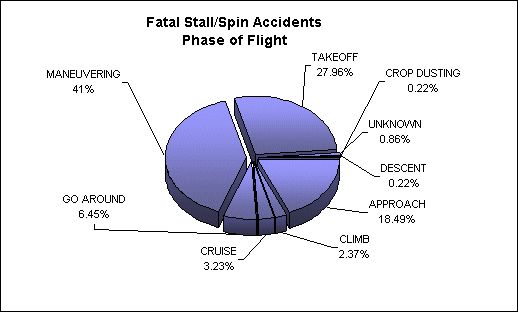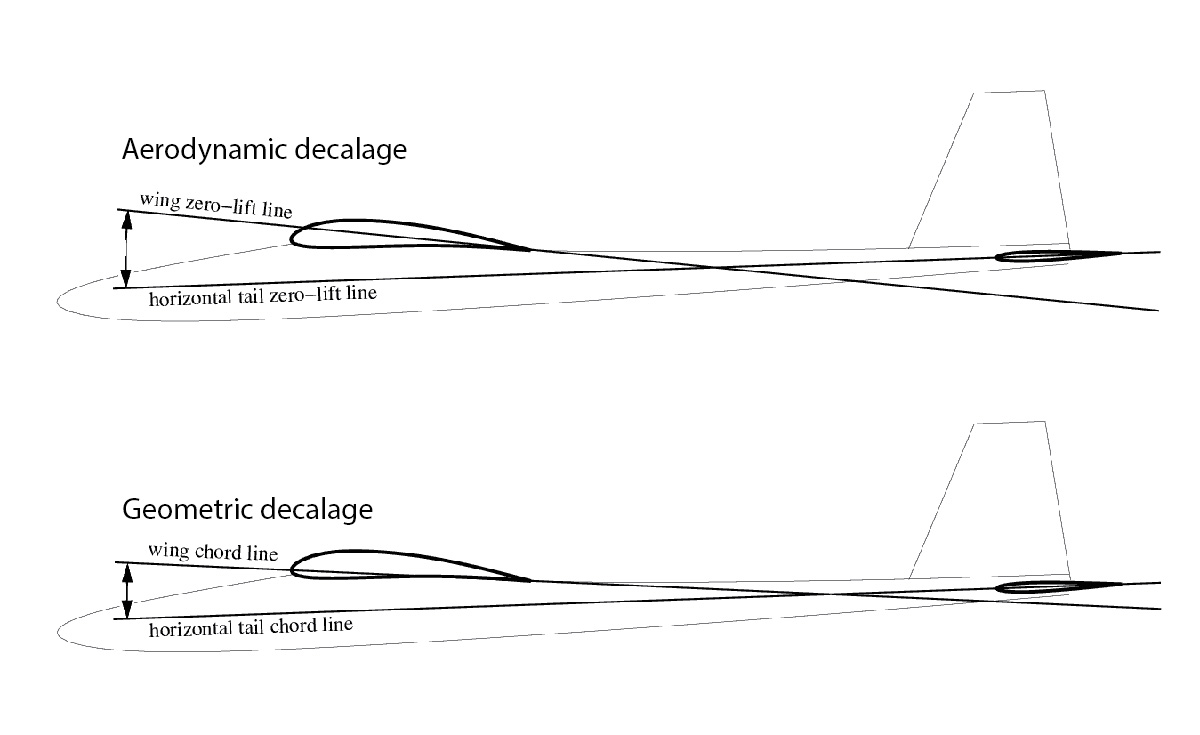Shepherd
Final Approach
Love that book.With some qualifiers, yes (well behaved airplanes, not flying upside down, etc.). Stick position controls the AoA - and vice versa. And the best part is, people wrote about it in books in 1944! 75 years later we still have pilots who fail to understand how it works.
View attachment 74297


